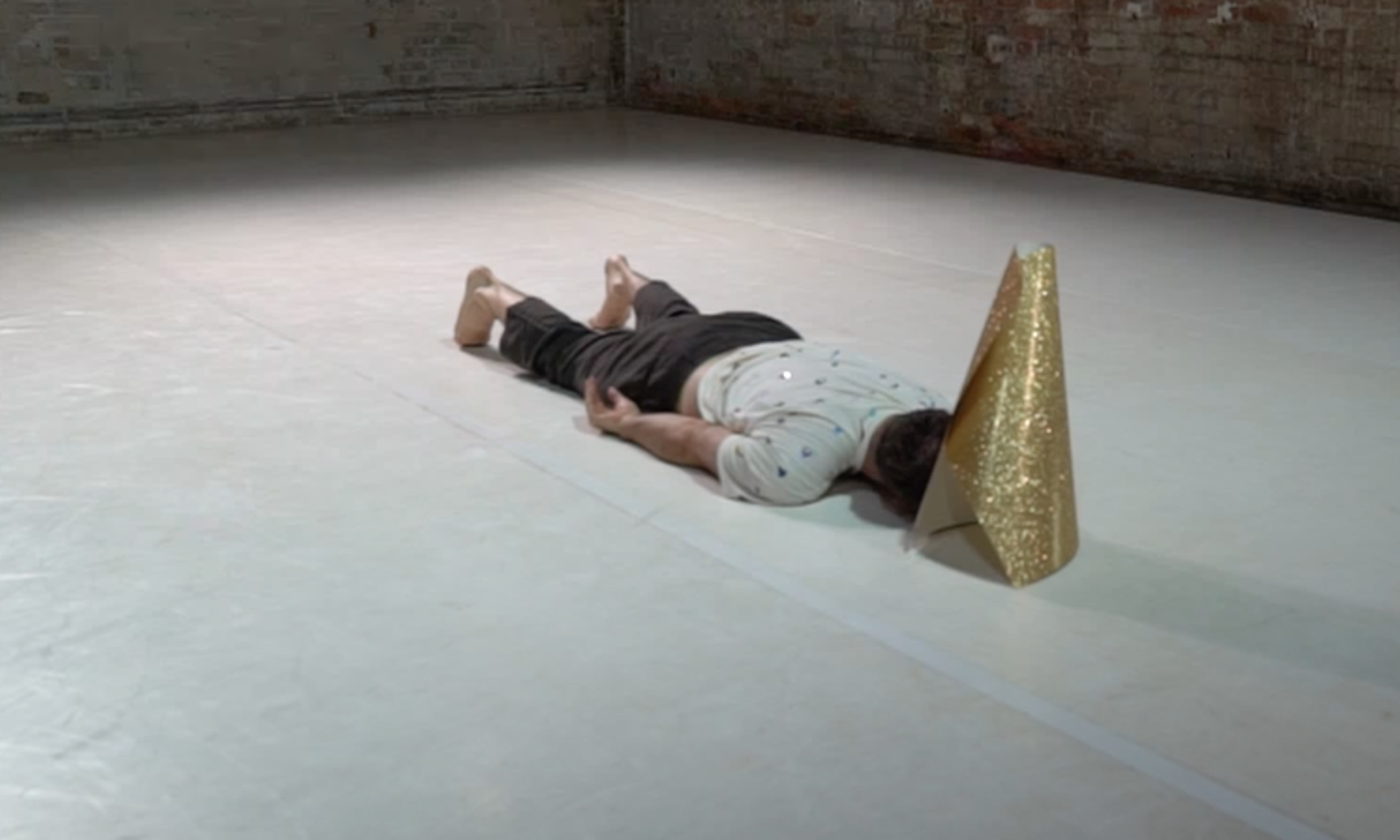Practice-led researchers are formulating a third species of research, one that stands in alignment with, but separate to, the established quantitative and qualitative research traditions. – p. 22
‘the research methods of the hard sciences are closer to those of research in the arts than the methods and models of the humanities’. – p. 40
The difference, perhaps, is that the mathematical problem also has an answer while an arts practice is not analytic in this way. – p. 63
(all from Practice as Research in the Arts by Robin Nelson 2013)
I would propose that the last quotation contradicts the previous two. In the third, Nelson writes that an arts practice is not analytical and cannot have an answer. Why can’t an arts practice be analytical in the same/similar way? PaR’ers are, after all, creating a third species of research, and the arts are closer to the hard sciences than the humanities.
This third species that Nelson writes about quoting Brad Haseman, if the arts are closer to the hard sciences, could then be an analytical artistic practice.

